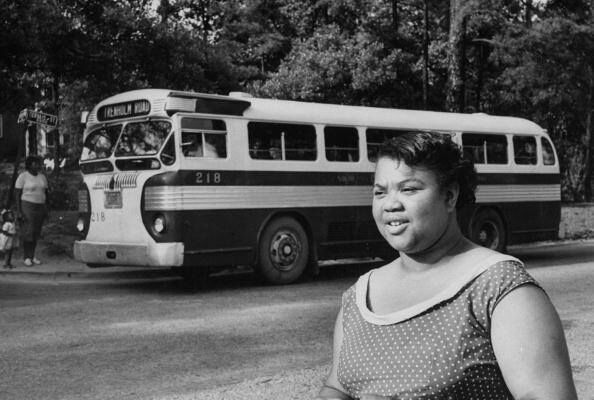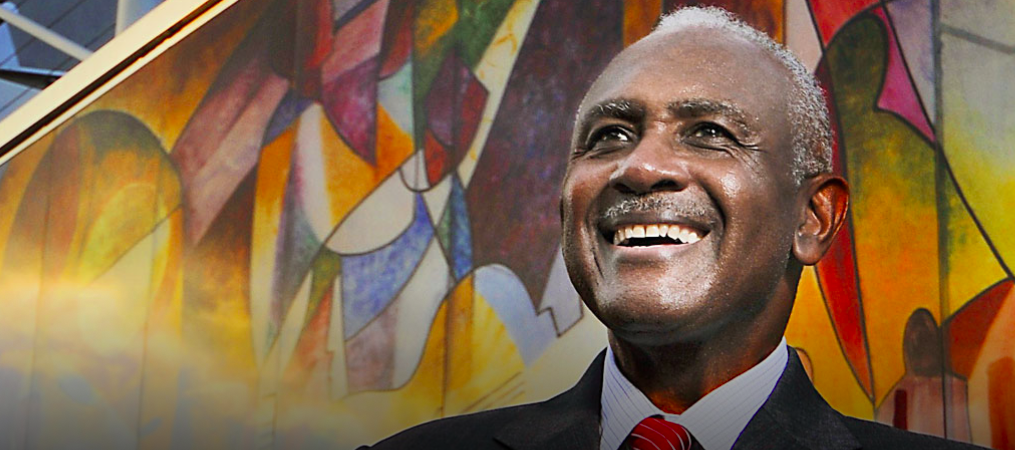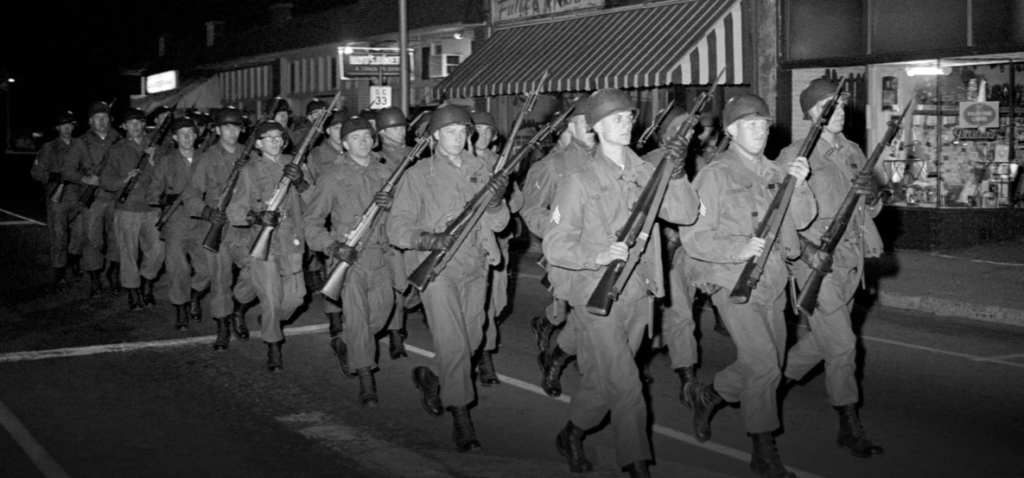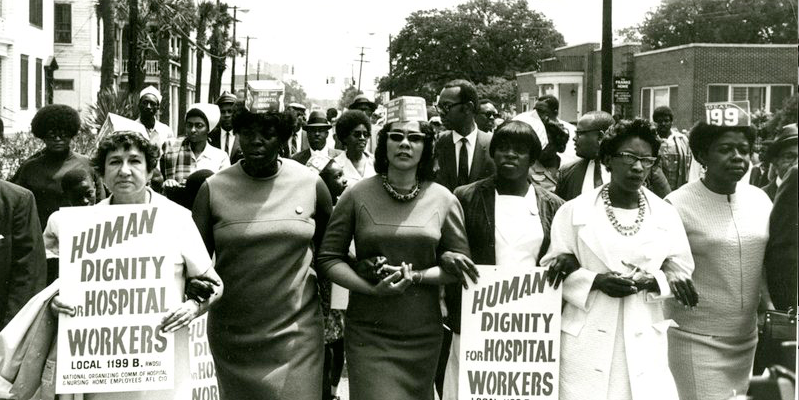7 Key Civil Rights Events that Helped Shape South Carolina’s Rich History of Progress
Mark A. Leon
Several key civil rights events during the 20th century have helped shaped the course of South Carolina’s history. Here are 7 important events that had a tremendous impact on our ability to drive progress.
1. The Briggs v. Elliott case in 1952 challenged school segregation in Clarendon County, becoming one of the cases consolidated into Brown v. Board of Education. Synopsis: The District Court in this case decided that constitutional and statutory provisions of South Carolina requiring separate schools for the white and colored races did not, of themselves, violate the Fourteenth Amendment, but ordered the school officials to proceed at once to furnish equal educational facilities and to report to the court within six months what action had been taken. After an appeal to this Court had been docketed, the required report was filed in the District Court.
2. On June 22, 1954, Sara Mae Flemming was ejected from a Columbia bus for sitting in the white section, predating Rosa Parks’ similar action. Her case helped end bus segregation.
Event Details: On June 22, 1954, Sarah Mae Flemming walked from her home at 1107 Page Street and boarded a bus operated by the South Carolina Electric & Gas Company (SCE&G) at the intersection of Main and Taylor streets, a routine she followed every weekday morning on her way to work. Flemming, just four days shy of her twenty-first birthday, worked as a maid for a white family in one of Columbia’s affluent suburbs. Despite the landmark U.S. Supreme Court ruling Brown v. Board of Education the previous month, which declared “separate but equal” schools unconstitutional, South Carolina’s public spaces remained rigidly segregated. The placement of the color line on Columbia’s SCE&G buses, which shifted with the number of black and white riders, was enforced by the drivers, who were legally vested with the powers of a deputy sheriff.

3. Harvey Bernard Gantt grew up in the 1940s and 50s in then-segregated Charleston, South Carolina. As the oldest child of Wilhelmina and Christopher Gantt, he often attended NAACP meetings with his father. It was there, and at the family dinner table with his four sisters, that he began to appreciate the importance of advocacy and the injustice of racial discrimination.
After graduating second in his class from Burke High School in 1960, Gantt left home to study architecture at Iowa State University. In January 1963, after a legal battle that escalated to the U.S. 4th Circuit Court of Appeals, Gantt became the first African-American student accepted at Clemson University. In September 1963, Lucinda Brawley became the first African-American woman to be admitted to Clemson and in October 1964 married Harvey. Harvey Gantt graduated with honors from Clemson in 1965, earning a Bachelor’s degree in Architecture and later a Master of City Planning from Massachusetts Institute of Technology (MIT).

4. The Orangeburg Massacre in 1968 – The Orangeburg Massacre occurred on the night of February 8, 1968, when a civil rights protest at South Carolina State University (SC State) turned deadly after highway patrolmen opened fire on about 200 unarmed black student protestors. Three young men were shot and killed, and 28 people were wounded. The event became known as the Orangeburg Massacre and is one of the most violent episodes of the civil rights movement, yet it remains one of the least recognized.

5. The 1969 Charleston Hospital Workers Strike – On March 17, 1969, a group of African American employees at Medical College Hospital (Now Medical University of South Carolina) met with hospital president William McCord in his office to discuss their concerns and grievances with him. After the meeting, Charleston Police Chief John Conroy threatened to arrest the employees when they returned to work. Twelve employees were fired for abandoning their patients at the end of their shifts.
On March 19, 1969, hundreds of Black hospital workers, predominantly women, went on strike to demand the reinstatement of their coworkers and official recognition of their union. A week later, more than sixty African American employees at the Charleston County Hospital walked off their jobs and joined the strike. The strike ended on June 27, 1969 when the Medical College Hospital promised to rehire strikers the following week, including the twelve employees who had been fired. The Hospital also agreed to abide by a newly established six-step grievance process and provide modest pay increases.
6. In 1970, I.S. Leevy Johnson (Columbia, SC), James Felder (Sumter, SC), and Herbert Fielding (Charleston, SC) became the first African-Americans elected to the SC House of Representatives since 1902.
7. The creation of a majority-black congressional district led to James Clyburn’s election to the U.S. House of Representatives in 1992, marking significant progress in political representation.

These events highlight South Carolina’s complex civil rights history, from legal challenges to protests and political milestones.
Banner Image: Coretta Scott King with strikersCourtesy Avery Research Center for African American History and Culture, College of Charleston, Charleston, SC.
What to learn more? Here are some additional articles that will provide more insight and context on the Civil Rights movement in South Carolina
- Commemorating South Carolina’s Civil Rights History -Discover South Carolina
- Civil Rights History Timeline (South Carolina Events) – Knowitall.org
- South Carolina’s Civil Rights History – The Civil Rights Trail
- Civil Rights Movement – South Carolina Encyclopedia
- Civil Rights History in South Carolina – Discover South Carolina
- A Survivor of the 1968 Orangeburg Massacre Reflects: ‘You Wish You Could Say It Didn’t Happen’


